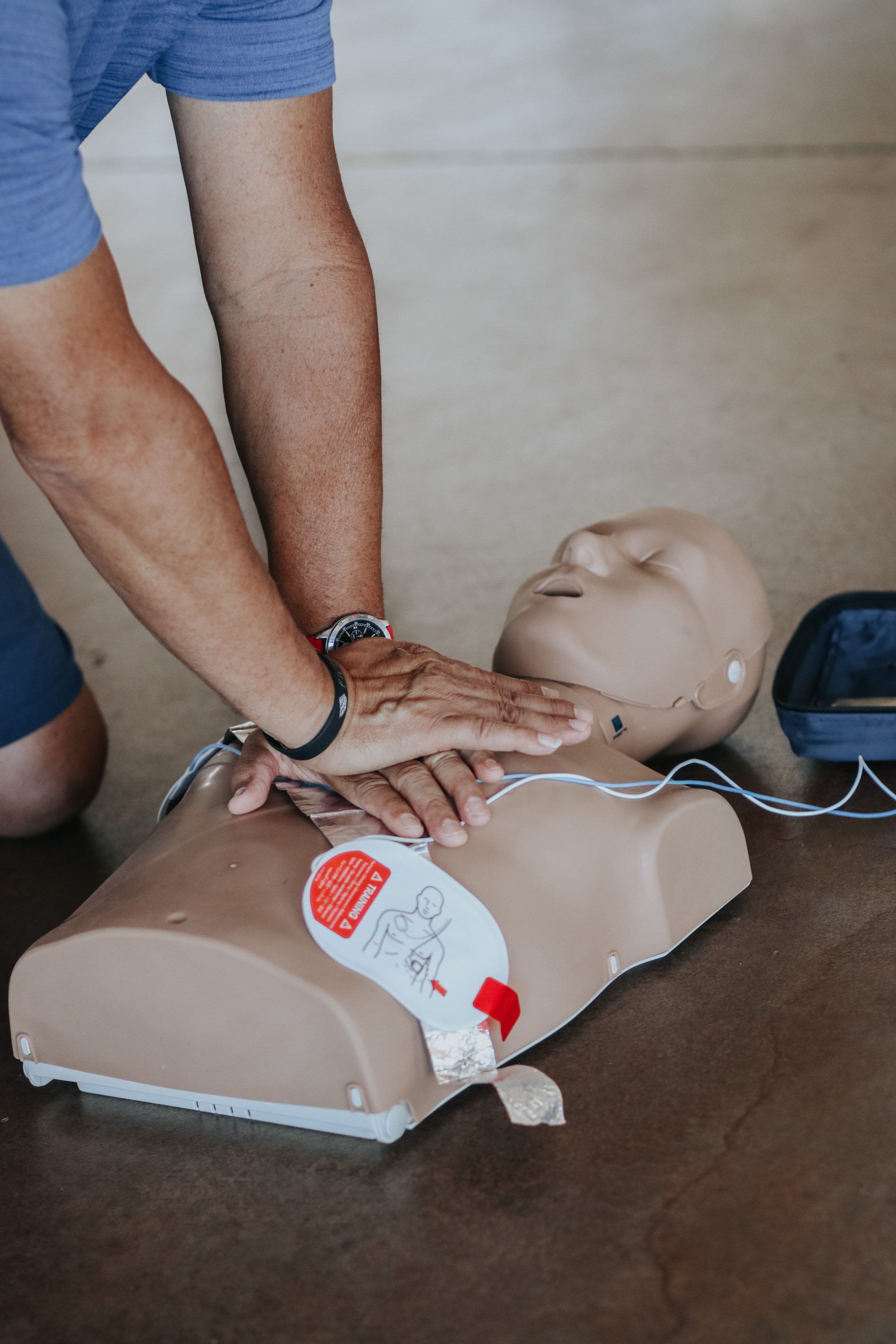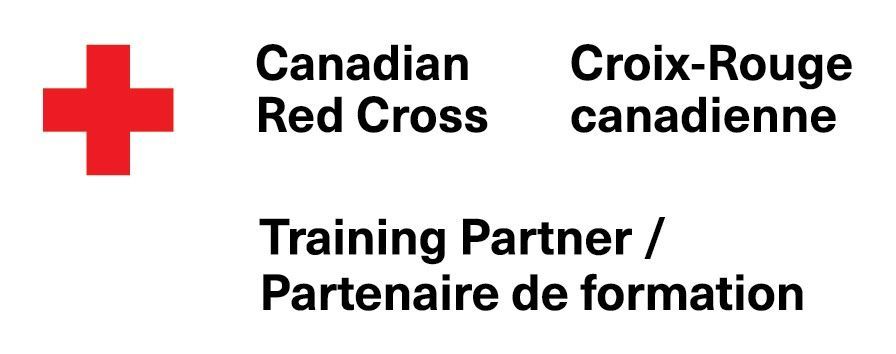Be Prepared for Anything: The Importance of Enrolling in a First Aid Course in Kelowna
Be Prepared for Anything: The Importance of Enrolling in a First Aid Course in Kelowna
Kelowna is a beautiful city known for its stunning landscapes and outdoor recreational activities. However, accidents and emergencies can happen anywhere, at any time. That's why it's important to be prepared for the unexpected. Enrolling in a first aid course in Kelowna can provide you with the skills and knowledge to effectively respond to emergencies and potentially save lives. By learning first aid techniques, you will be equipped to handle a wide range of situations, from minor injuries to more serious emergencies. From administering CPR and treating wounds to recognizing the symptoms of a heart attack or stroke, a first aid course can empower you with the confidence to take immediate action when it matters most. Furthermore, in Kelowna's outdoor-centric culture, where hiking, biking, and water activities are popular, a first aid course becomes even more vital. Accidents can occur during these activities, and having the skills to provide immediate care can make a critical difference in the outcome. Don't wait until an emergency strikes to realize the importance of knowing first aid. Enroll in a first aid course in Kelowna today and be prepared for anything life throws your way. Your knowledge and preparedness could be the difference between life and death.
The importance of first aid knowledge
Accidents and emergencies can occur in various settings, from the comfort of your own home to the great outdoors. Having knowledge of first aid can make a critical difference in the outcome of these situations. Whether it's a minor injury or a life-threatening emergency, being able to provide immediate care can save lives and reduce the severity of injuries. In a city like Kelowna, where outdoor activities are popular, the risk of accidents is higher. Hiking, biking, and water activities can lead to injuries, and being prepared to handle these situations can mean the difference between life and death. By enrolling in a first aid course, you can gain the skills and confidence needed to respond effectively in these outdoor scenarios.
Why enroll in a first aid course?
Enrolling in a first aid course is more than just a box to check off on your list of skills. It is an investment in yourself and those around you. Here are some reasons why enrolling in a first aid course is essential:
1. Save Lives
In emergency situations, every second counts. By learning first aid techniques, you can provide immediate care while waiting for professional help to arrive. Performing CPR, controlling bleeding, and stabilizing fractures are just a few examples of life-saving skills taught in first aid courses.
2. Reduce the Severity of Injuries
Immediate first aid can help prevent further complications and reduce the severity of injuries. Knowing how to properly dress a wound, immobilize a sprained ankle, or apply pressure to control bleeding can make a significant difference in the recovery process.
3. Gain Confidence
In moments of crisis, it's easy to feel overwhelmed and helpless. By enrolling in a first aid course, you gain the knowledge and confidence to take control of the situation. This confidence can help you remain calm and focused, enabling you to provide the necessary assistance until professional medical help arrives.
4. Be Prepared for Any Situation
Accidents and emergencies can happen anytime and anywhere. By enrolling in a first aid course, you become prepared for a wide range of situations. From minor injuries like cuts and burns to more serious emergencies like heart attacks or strokes, you will be equipped with the skills to respond effectively.
What to expect in a first aid course
First aid courses are designed to provide participants with comprehensive knowledge and practical skills to handle emergency situations. Here's what you can expect when enrolling in a first aid course in Kelowna:
1. Theory and Practical Lessons
First aid courses typically consist of both theory and practical lessons. You will learn about various medical emergencies, their signs and symptoms, and the appropriate actions to take. Practical lessons involve hands-on training in performing CPR, dressing wounds, and immobilizing fractures.
2. Experienced Instructors
First aid courses are taught by experienced instructors who are knowledgeable in emergency medical care. They will guide you through the course, ensuring you understand the concepts and can apply the skills effectively.
3. Interactive Learning Environment
First aid courses often involve group activities and scenarios to simulate real-life emergencies. This interactive learning environment allows participants to practice their skills and gain confidence in their abilities.
Basic first aid skills taught in the course
In a first aid course, you will learn a variety of basic first aid skills. These skills are essential in providing immediate care and stabilizing injuries before professional help arrives. Some of the basic skills taught in a first aid course include:
1. Cardiopulmonary Resuscitation (CPR)
CPR is a life-saving technique used to revive individuals experiencing cardiac arrest. In a first aid course, you will learn how to perform CPR on adults, children, and infants. This skill can significantly improve the chances of survival for someone in cardiac arrest.
2. Wound Care
Proper wound care is crucial to prevent infection and promote healing. In a first aid course, you will learn how to clean and dress wounds, control bleeding, and identify signs of infection. These skills are essential in providing immediate care for cuts, burns, and other injuries.
3. Fracture Management
Knowing how to immobilize fractures is important to prevent further damage and reduce pain. In a first aid course, you will learn how to apply splints and provide support to injured limbs. This skill is valuable in stabilizing fractures until medical professionals can provide further treatment.
Advanced first aid skills taught in the course
Beyond the basic first aid skills, first aid courses also cover more advanced techniques to handle complex emergencies. These skills are especially valuable in situations where professional medical help may be delayed. Some of the advanced first aid skills taught in a course include:
1. Automated External Defibrillator (AED) Use
AEDs are portable devices used to restore a person's normal heart rhythm in cases of cardiac arrest. In a first aid course, you will learn how to properly use an AED and administer electric shocks when necessary. This skill can greatly increase the chances of survival for someone experiencing a heart-related emergency.
2. Choking and Airway Management
Knowing how to clear a blocked airway is crucial in situations where a person is choking or experiencing difficulty breathing. In a first aid course, you will learn techniques such as the Heimlich maneuver and how to open and maintain an airway. These skills can be life-saving in situations where every second counts.
3. Stroke and Heart Attack Recognition
Recognizing the signs and symptoms of a stroke or heart attack is essential for prompt medical intervention. In a first aid course, you will learn how to identify these emergencies and provide immediate care while waiting for professional help. Early intervention can significantly improve outcomes for individuals experiencing a stroke or heart attack.
First aid certification and its benefits
Upon completing a first aid course, you will receive a certification that demonstrates your competence in providing first aid. This certification can bring several benefits:
1. Employment Opportunities
Many employers value employees with first aid certification. Having this certification can make you a more desirable candidate for jobs in industries such as childcare, healthcare, hospitality, and outdoor recreation.
2. Personal and Community Safety
By obtaining first aid certification, you contribute to creating a safer environment for yourself and those around you. Whether it's assisting a family member, a stranger, or a coworker, your skills can make a significant difference in emergency situations.
3. Continued Learning and Updates
First aid certification is not a one-time achievement. It requires periodic renewal, which ensures that you stay up-to-date with the latest techniques and guidelines. This ongoing commitment to learning keeps your skills current and ensures you are prepared for any changes in first aid protocols.
Conclusion: Empower yourself with first aid knowledge
In the beautiful city of Kelowna, accidents and emergencies can happen anywhere, at any time. By enrolling in a first aid course, you can acquire the skills and knowledge necessary to respond effectively and potentially save lives. Whether it's providing immediate care for minor injuries or recognizing the symptoms of a life-threatening emergency, your first aid knowledge can make a critical difference. Don't wait until an emergency strikes to realize the importance of knowing first aid. Enroll in a first aid course in Kelowna today and be prepared for anything life throws your way. Your knowledge and preparedness could be the difference between life and death.







